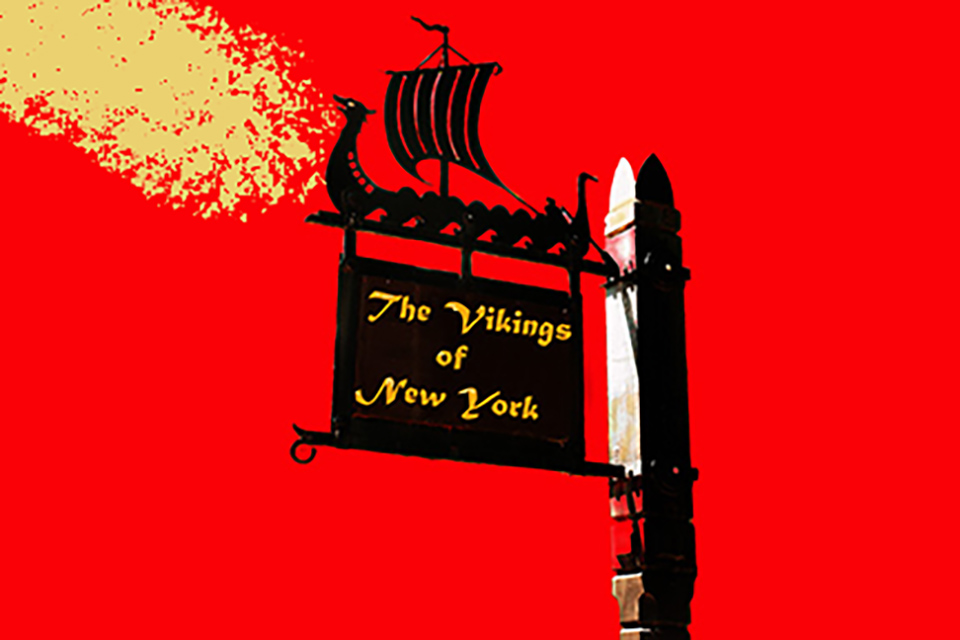
This work is in the public domain.
A former Lenape conjurer described to John Eliot the source of his power as “a great man” who lived in a “world above at a vast distance from this one. This great man was clothed with the day, yea, with the brightest day he ever saw…This whole world…was drawn upon him so that in him, the earth and all things on it might be seen.” Other Lenape contemporaries of the conjurer said that the sun was the only deity and that all things were made by him. Some believed that there was a deity out of whom came everything. Others reported that “there were four invisible powers, who presided over the four corners of the earth.”
Noticing parallels to Biblical ideas of a Great God enveloped in Glory and is the creator, some have wondered if the conjurer’s ideas and similar ones were influenced by Christianity.
However, Brainerd’s reports seem to be carefully written and drawn from many reports. Further, other early European reports about the Lenape are consistent with Brainerd’s reports from Long Island, New Jersey, and Pennsylvania. They all seem to mention a Great Spirit.
Perhaps, the earliest report is found in Jasper Danckaerts and Peter Sluyter’s Journal of a Voyage to New York: And a Tour in Several of the American Colonies in 1679-80, published by The Society in 1867. The pair of visitors were sent by the Labadist evangelical Christian group in Europe to explore the possibility of founding a settlement in America. Although the Labadists were Calvinists, they also had mystical messianic beliefs that emphasized like the Pietists an inner connection of one’s soul to Jesus and His expected apocalyptic return to establish a just and compassionate kingdom. But they were shocked by the tumultuous conditions of the American frontier.
They had a keen interest in the American Indians and assiduously gathered information about them. But during their trip, they developed a burning anger about how so-called Christians were defrauding the Lenape and creating dependency through the distribution of liquor.
Danckaerts and Sluyter recorded a conversation with an older Lenape living near Bergen, New Jersey on some of the beliefs of the Lenape that seemed to have parallels to their Calvinism:
“The first and great beginning of all things was Kickoron or Kickerom who is the origin of all, who has not only once produced or made all things, but produces every day…He governs all things.”
In a letter dated August 16, 1683, William Penn noted, “They believe a God and Immortality, for they say, There is a King that made them, who dwells in a glorious country to the Southward of them, and that the Souls of the dead shall go thither, where they live again.”
David Zeisberger makes an even stronger connection, for he wrote, about 1779: “They believe and have from time immemorial believed that there is an Almighty Being who has created heaven and earth and man and all things else. This they have learned from their ancestors.”
Ethnologist/missionary Heckewelder adds more details in his book Account of the history, manners and customs of the Indian nations…, originally published in 1818: “Their Almighty Creator is always before their eyes on all important occasions. They feel and acknowledge his supreme power…. It is a part of their religious belief that there are inferior Mannittōs, to whom the great and good Being has given command over the elements.” Brainerd wrote that the Lenape believed that there were four spirits keeping the 4 corners of the earth.
Finally, in a little work said to be dictated by the Munsee John Wampum, known as Chief Waubuno, probably published in the late 19th Century, there is mention of the “The Great Spirit, whom we call in Munsee or Delaware Kaunzhe Pah-tum-owans or Kacheh Munitto (Great Spirit or Benevolent Spirit), created the Indians.”
It seems that Queens was inhabited by tribes whose beliefs paralleled Calvinism and Christian mysticism in some ways. Can we say that the religion in Queens before 1630 anticipated certain elements of Calvinism or those of other Christian groups like the evangelicals, Quakers, and other Pietists groups?
The Lenape themselves came to see some of those parallels and most became Christians. They were particularly influenced by the Pietists from Germany called Moravians who emphasized the equality of American Indians with Europeans. The Moravians also strictly abstained from alcoholic drinks and supported laws prohibiting the sale of alcohol to American Indians. Their leader Count Nicholas von Zinzendorf (1700-1760) called the union of American Christians, “”The Indian-German Commonwealth.”
Next: Conversion and other common beliefs among the Lenape in Elmhurst, Queens
Image:


Get More with Our Newsletter!
The latest news and event invitations from our team.










